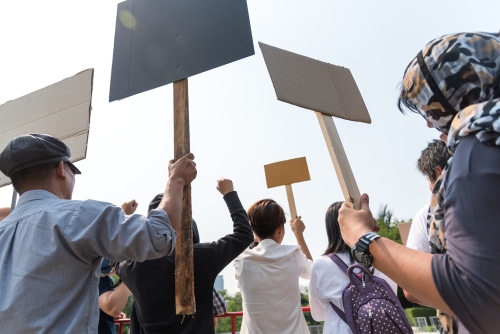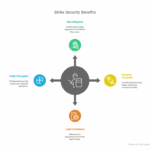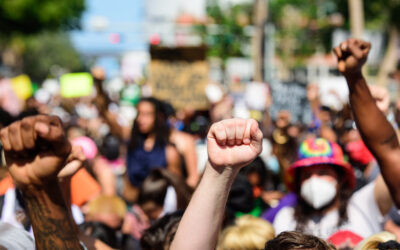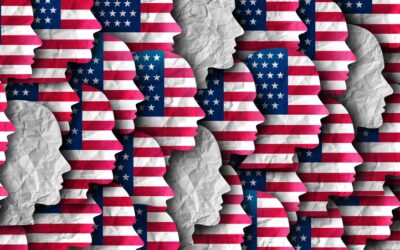A labor strike is a powerful tool that workers can use to demand better wages, working conditions, and benefits. However, strikes can also cause significant disruption to businesses and industries, leading some companies to employ “strike breakers” or “replacement workers.”
Strike breakers are individuals who are hired to perform the work of striking employees during a labor dispute. These individuals may be existing employees who cross the picket line or temporary workers who are hired specifically to replace the striking employees. Here are some of the ways that strike breakers can affect labor strikes.
Prolonged Strikes
The use of strike breakers can prolong labor strikes by allowing businesses to continue their operations without the participation of striking employees. This can make it difficult for striking employees to achieve their demands, as businesses can continue to operate without them. Prolonged strikes can also lead to financial hardship for striking employees who are not receiving wages during the strike.
Safety Risks
The use of strike breakers can also create safety risks in the workplace. Replacement workers may not be as experienced or trained as striking employees, leading to an increased risk of accidents or injuries. This can create a dangerous work environment for all employees, including replacement workers.
Tension and Hostility
The use of strike breakers can also create tension and hostility between striking employees and replacement workers. Striking employees may view replacement workers as taking their jobs and crossing the picket line, leading to feelings of anger and resentment. This can create a hostile work environment that can make it difficult for replacement workers to perform their duties.
Legal Issues
The use of strike breakers can also create legal issues for businesses. Some states have laws that prohibit the use of replacement workers during a labor strike, while others allow it. However, even in states where the use of replacement workers is legal, businesses may face legal challenges from striking employees or labor unions who claim that the use of strike breakers violates their rights.
Strike breakers, also known as scabs, are individuals who continue to work during a labor strike. A strike is a lawful collective action taken by workers to protest against their employer over issues such as wages, benefits, working conditions, or union recognition. When a strike occurs, employees who participate in the strike stop coming to work, hoping that the employer will make concessions to their demands. However, some workers, often referred to as strike breakers, choose to continue working despite the strike.
The use of strike breakers has been a controversial issue for many years. On one hand, employers argue that they have the right to keep their business running and that strike breakers provide an essential service during a labor dispute. On the other hand, striking workers and their unions argue that strike breakers undermine the bargaining power of workers and weaken the overall labor movement.
The use of strike breakers has a long history and can be traced back to the late 19th century, when workers first began to organize and form unions. During this time, many employers responded to strikes by hiring non-union workers to replace striking employees. This practice not only undermined the bargaining power of workers, but it also created a hostile work environment as striking workers were often met with violence and intimidation.
In conclusion, strike breakers play a controversial role in labor disputes. While some view them as essential for keeping businesses running during a strike, others see them as a threat to the bargaining power of workers and the overall labor movement. Regardless of one’s perspective, it is important to understand the historical context and potential consequences of using strike breakers in labor disputes.









